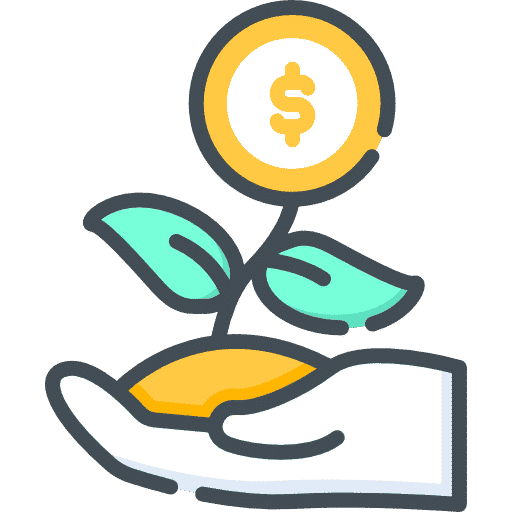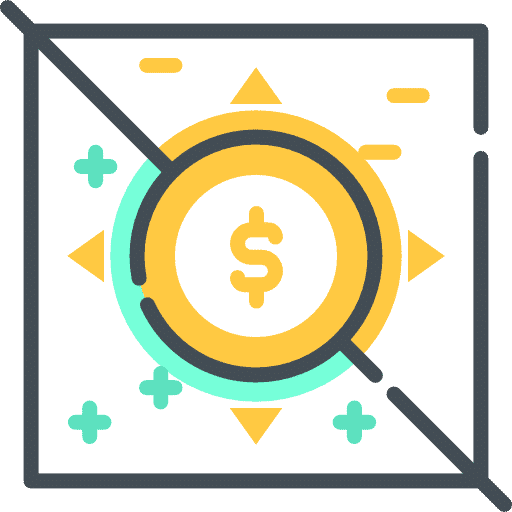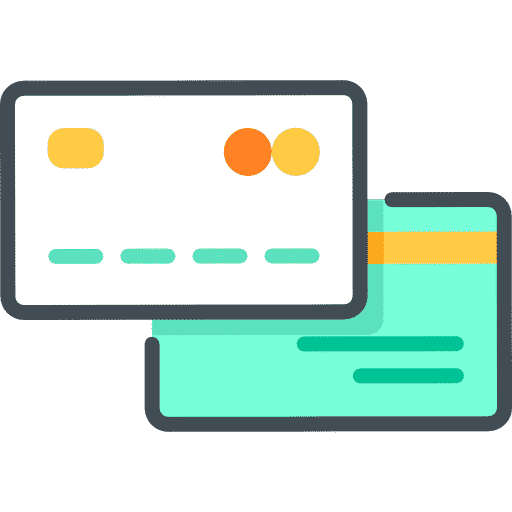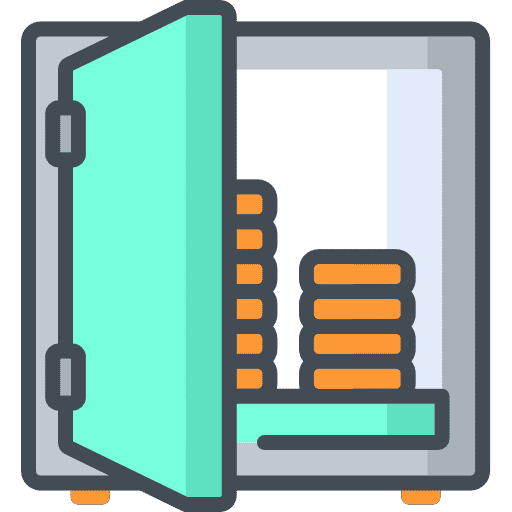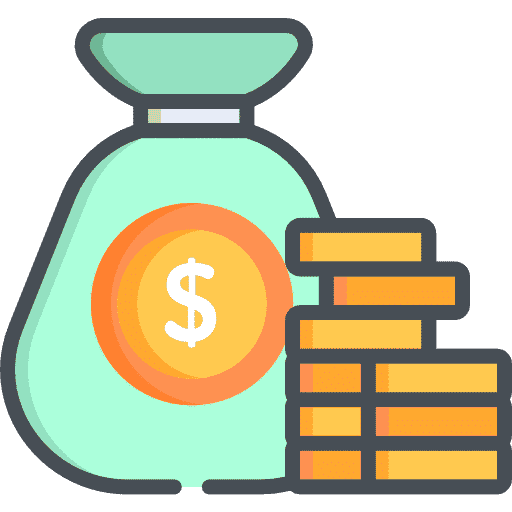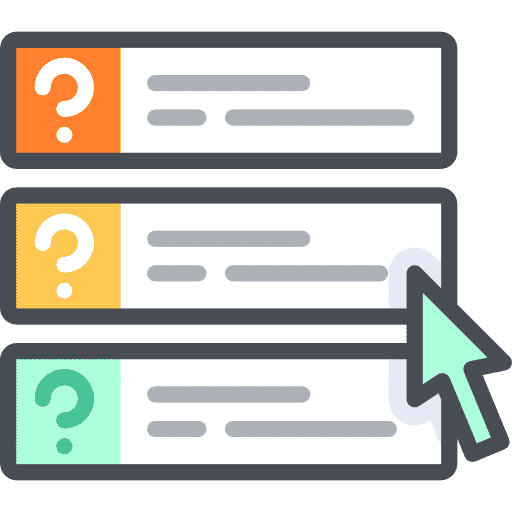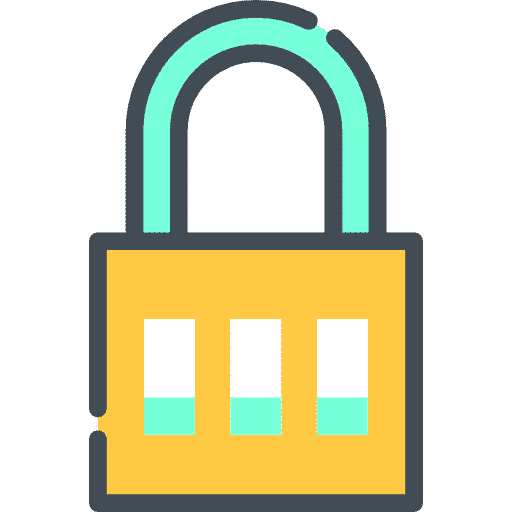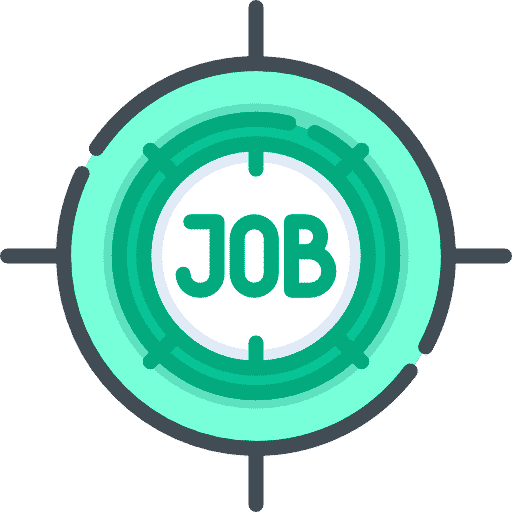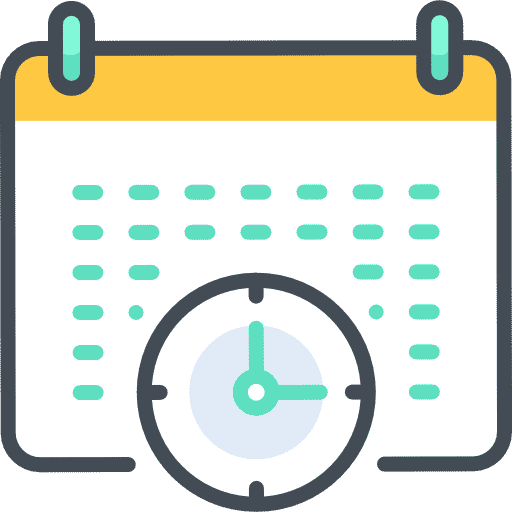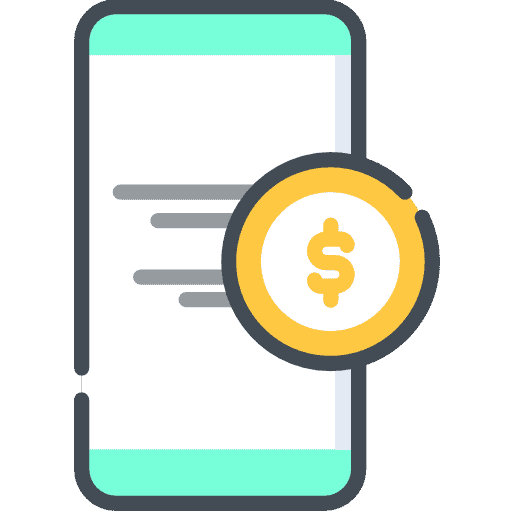Your credit card is an essential tool for building credit, but it can lead to financial trouble. That’s why it’s so important to use your credit card wisely. If you misuse your credit or accumulate a mountain of credit card debt, you can end up in a financial hole that’s difficult to get out of.
Carrying balances with high interest rates add up, and not making payments on time can impact your credit score. This can then affect your ability to get loans or additional credit lines. If your credit card balance has reached a point that’s causing you stress, it’s time to take control.
Follow these six steps to manage your credit card balances successfully:
- Figure out what you owe
- Identify your credit utilization ratio
- Prioritize your debt
- Create a plan to pay off your debt
- Pay more than the minimum
- Track your progress
Step 1: Figure Out What You Owe
To tackle credit card balances, you need to make a plan. Start by making a list of all of your accounts. Then, write down:
- The balance owed
- The limit
- The interest rate
- Your minimum payment
You want to keep the balances on each of your credit cards below 50% of your credit limit. If you have one card using more than 50% of the balance, you may want to consider transferring some of the balance onto another card if you can get a reasonable balance transfer rate. Ensure that all of your credit cards have less than 50% of their available credit used up and that they stay that way.
If you’ve been late on any of your accounts, you may want to set up automatic payments to pay your bills on time and prevent any further damage to your credit.
Step 2: Identify Your Credit Utilization Ratio
The credit utilization ratio is how much of the available credit you’ve used compared to your total credit limit.
For example, if you have a $1,000 balance on an account with a $5,000 limit, your credit utilization ratio for that card equals $1,000/$5,000, or 20 percent.
The ideal scenario for your credit score is to keep each ratio at 30 percent or less. For cards where the ratio exceeds 30 percent, focus on paying off these first to lower the balances as quickly as possible.
Step 3: Prioritize Your Debt
Not all debts are created equal. There are several options for prioritizing your debt. Consider which option works best for you and your financial situation:
- Pay off the card with the lowest balance first
- Pay off the card with the highest interest rate
- Focus on the card with the highest utilization ratio
You can also look at which card has the highest APR. Paying off this card will save you the most money. Whichever route you choose, rank the accounts based on what you want to pay first. The important thing is to prioritize your debt, make a plan and stick with it.
Step 4: Create a Plan to Pay off Your Debt
After you’ve prioritized your debt and decided on a method, create a plan for paying off each card with specific monthly amounts.
The payment plan you decide on should be ambitious and realistic. Look at your monthly budget and account for non-negotiable expenses like rent or groceries to determine your payments. Determine how much to put toward credit card payments and divide that amount up between cards the way you see fit.
Usually, you’ll need to eliminate those extra expenses to find the extra money to pay down your debt. Is that gym membership you never use still being drafted monthly from your bank account? Cancel it. Consider canceling your cable subscription and using a free or low-cost streaming option instead. Cooking meals at home versus going out can also save you a ton. There are plenty of ways to cut back on your monthly expenses, so look into all options when creating your budget.
Step 5: Pay More Than the Minimum
However you plan to pay off your debt, it’s wise to pay more than your minimum to every creditor each month. Your card issuers view a minimum payment as a sign of financial stress.
Paying more than the minimum amount due on your account shows that you’re committed to reducing your debt. Not only can you pay off your credit card balances much sooner, but you can avoid racking up more interest each month.
Step 6: Track Your Progress
Once you create a payment plan, track your progress each month to see how you’re doing. It can be rewarding to watch your debt shrink and know you’re on track to paying off a high balance. Remember to be patient –– it can take time.
Have you done everything you can but still feel stuck? A personal loan to consolidate and pay off all of your accounts may be a good option. This will reduce everything you owe into one single loan.
For some, this is easier to manage since there’s one monthly payment instead of several. Typically, these loans need to be repaid in a two- to five-year period, so carefully consider whether you can commit to the time frame associated with the loan. Also, to get approved with a reasonable interest rate, you need to have good credit. If you can get a lower interest rate, this may even save you money.
As you pay down your credit card balances each month, be sure to check your credit reports. One motivating factor is how your credit score improves.
Using a Credit Card to Build Your Credit
After you’ve paid off your credit card debt, you can easily fall into the trap of letting it build up again. Resist this by adopting healthy spending habits and a monthly budget.
Never Exceed 30 Percent Credit Utilization
Remember that credit utilization is 30% of your credit score. Managing your credit card accounts so that you never exceed the 30% mark could help improve your credit score.
Creditors look at how much revolving credit you’re using because it’s an indicator of responsible credit management. Potential creditors see this as a risk if you have a high utilization ratio. The most effective way to lower your credit card balances is to pay them off.
Don’t Close Unused Credit Cards.
Another important tip for improving your credit score is to keep unused credit cards open. This may not work for everyone, but more often, it is much better to have more available credit that you aren’t using.
If you pay off credit cards and close them, you could end up looking ultimately maxed out on your credit if your other cards have high balances. It is typically best to keep your credit cards open to have a lower ratio of credit card debt to available credit.
It’s typically best to keep your credit cards open so that you have a lower utilization ratio. Individual accounts have their credit utilization ratios, but all your accounts’ average utilization ratio is essential. Having an available credit limit that you aren’t using will decrease your utilization ratio and improve your credit.


